What’s the Name of This Beautiful Headwear Worn by Liu Shishi in “Fox Spirit Matchmaker 2”?
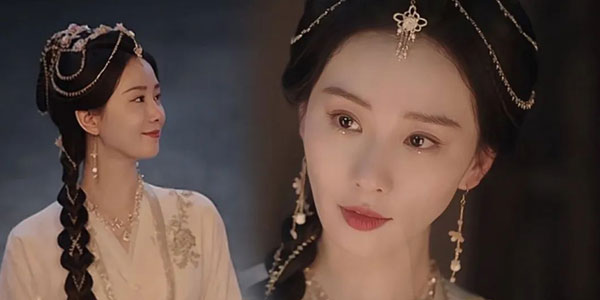
The production team of Fox Spirit Matchmaker 2, starring Liu Shishi, recently released a video. In the video, Liu Shishi makes an entrance wearing bead yingluo (a kind of hanfu hair accessories). This gives off a unique charm that combines exotic allure with traditional Chinese aesthetics. But why is that?
Ⅰ. What Exactly is the Yingluo – Style Headwear?
Headwear of this kind, similar items of which have existed both in Central China and the Western Regions. It belongs to the yingluo – style headwear category. Its origin can be traced back to before the Warring States period. Given the exchanges between the East and the West at that time, this influence cannot be ruled out. For now, let’s focus on the names of such accessories in China. People call it “luosuo (络索),” “lianshu (帘梳),” “zhuyingluo (珠璎珞),” or “weiji (围髻).”

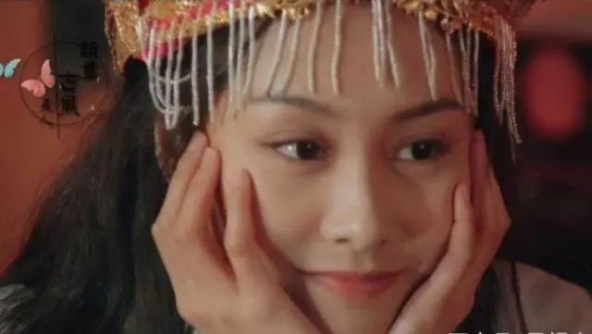
Let’s start by looking at the names associated with this headwear:
1. Luosuo:
Originally, “luosuo ” referred to ropes. Later, it was extended to mean hanging ornaments. You can think of luosuo as an exquisitely knotted accessory. It was mainly used to fasten hanfu, adorn hair buns, or hang jade pendants, combining practicality with artistry. In Guangya: Explanation of Artifacts (《广雅·释器》), it’s stated that “all ropes that are connected are called luo.” In Volume Six of Xù Yīqiè JīngYīnyì (《续一切经音义》), “suo” is another name for ropes. Huang Geng (黄庚) from the Song Dynasty wrote in Imitating the Xianglian Style on Boudoir Sentiments (《闺情效香奁体》), “Gold – threaded luosuo with coral pendants; Standing alone in the spring breeze, watching the peonies.” It’s also recorded under the “Head Ornaments” section of the Southern Song – era engraved version of Sui Jin: On Apparel (《碎金•服饰篇》).

2. Lianshu
Lianshu was unearthed from Song – Dynasty cultural relics. I presume lianshu consists of two parts. The “lian” refers to hanging ornaments like luosuo, while the “shu” refers to the comb – like feet at the top, which are used to fasten the hair ornament or serve a similar function.
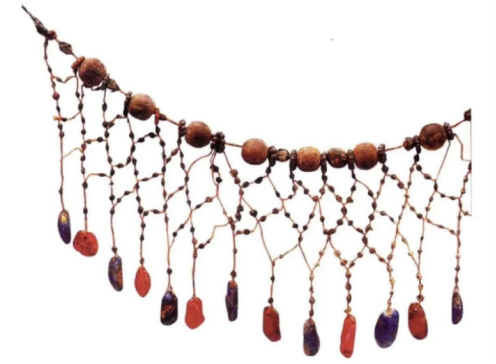
Afterward, both were collectively referred to, evolving into the Ming – Dynasty “weiji” and “zhuyingluo.” Weiji generally refers to ornaments that encircle hair buns. As the name implies, it encircles the hair bun, with slightly longer hanging ornaments draping over the forehead without obstructing vision. Most items worthy of being called “yingluo” are net – like bead strings.
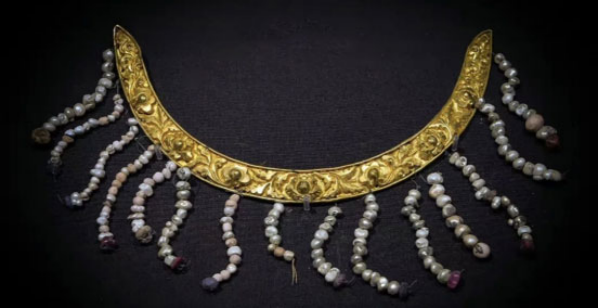

Ⅱ. How to wear them?
Although there are relatively few unearthed artifacts, similar accessories have long appeared in both unearthed artifacts and ancient paintings. They can generally be classified as “lianshu” or “luosuo.” Lian-shu items vary in width, and the length of the hanging luosuo parts also differs. Here are several speculated ways to wear them:
1. In front of the forehead;
2. At both temples;
3. At the back of the hair bun;
4. As a decoration encircling the hair bun.
When worn in front of the forehead, the biggest advantage of these accessories is that they can enhance the hairline. They’re especially suitable for girls with wide foreheads or high cheekbones, as they can help refine facial features. When worn in other positions, they can conceal stray hairs and add a highlight to hairstyles. Hanging down like a curtain, they add a touch of elegance and fluidity as you move.

Typically, in historical dramas, this kind of accessory is donned by characters portraying women from ethnic minorities to denote their status. There’s significant reference to the turquoise headwear style unearthed from the Warring States tombs at the Majiayuan Site (马家塬遗址). This is also one of the relatively early headpieces similar to “luosuo” among the currently discovered artifacts.
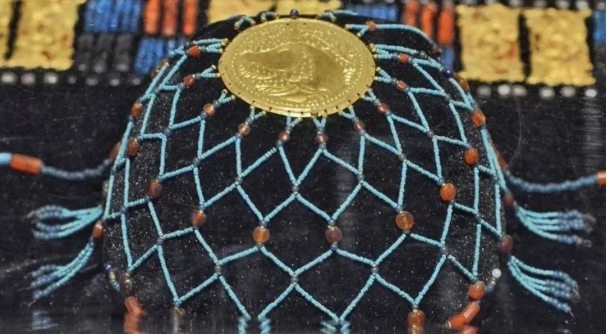

As for why it exudes an exotic charm, it’s because in our perception, there’s a type of forehead – hanging headwear in traditional Indian jewelry called “Maang tikka”, literally meaning“ an ornament placed between the eyebrows.” It’s linked to religious beliefs. Indians believe that the space between the eyebrows harbors hidden wisdom. Therefore, dotting a red mark or hanging an accessory there is thought to endow the wearer with willpower and intelligence. Similar headwear exists in neighboring countries, with largely similar cultural connotations.
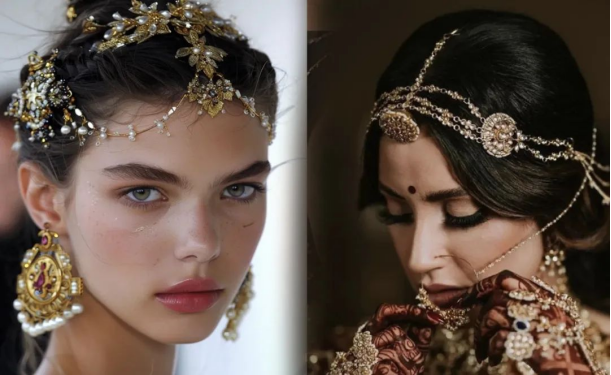
Some people claim that the hair accessories in historical dramas are direct copies of Indian or Bohemian styles. Others argue that similar Chinese accessories were influenced by Indian Buddhist traditions.
Summary
Interestingly, headwear styles that encircle the forehead already existed during the Shang Dynasty. Although there’s a lack of physical artifacts for verification, relevant evidence such as jade figurines suggests their presence. At that time, the influences mentioned above were yet to emerge. Therefore, it’s reasonable to assume that despite various theories about their origins, these accessories ultimately exist to enhance beauty. The culture of hanfu hair accessories isn’t necessarily about one culture copying another. When civilizations reach a certain level, there’s bound to be a shared aesthetic sense. Don’t you think so?
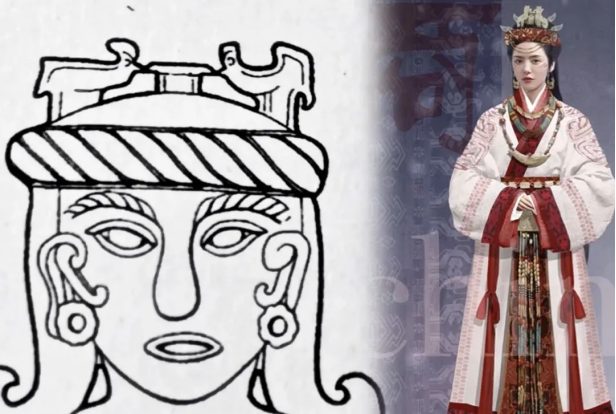
The beads and gemstones on the luosuo resemble tiny stars scattered among the hair. Though each star may seem small, they can converge. Similarly, even though the journey of working hard may be tough, every effort counts. By stringing together these glimmers of starlight, we’re bound to create a luosuo that adorns our lives. So, wouldn’t you love to own such a hair accessory?
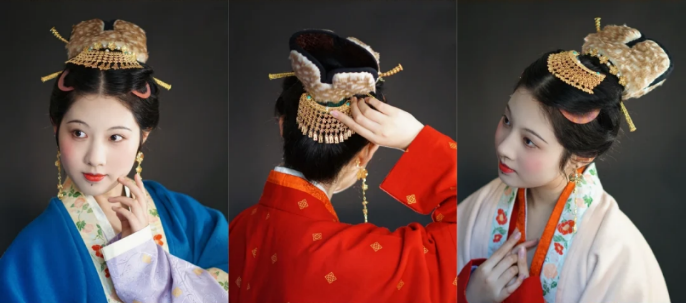
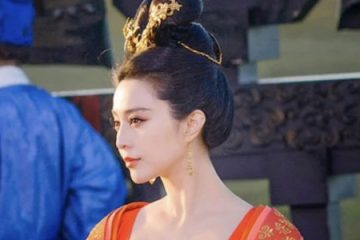
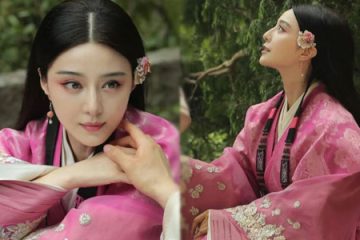
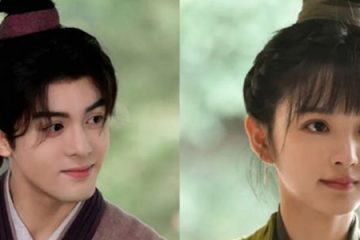
0 Comments